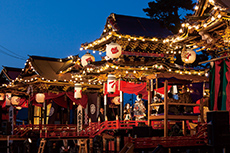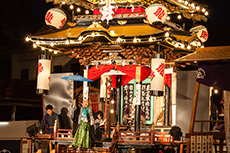Heritage of Stone

HERITAGE OF STONE

Recognized as Japan Heritage, Komatsu’s Heritage of Stone, sustained by both the blessings of the land and innovation of our people, can be found embedded within diverse sites!
-
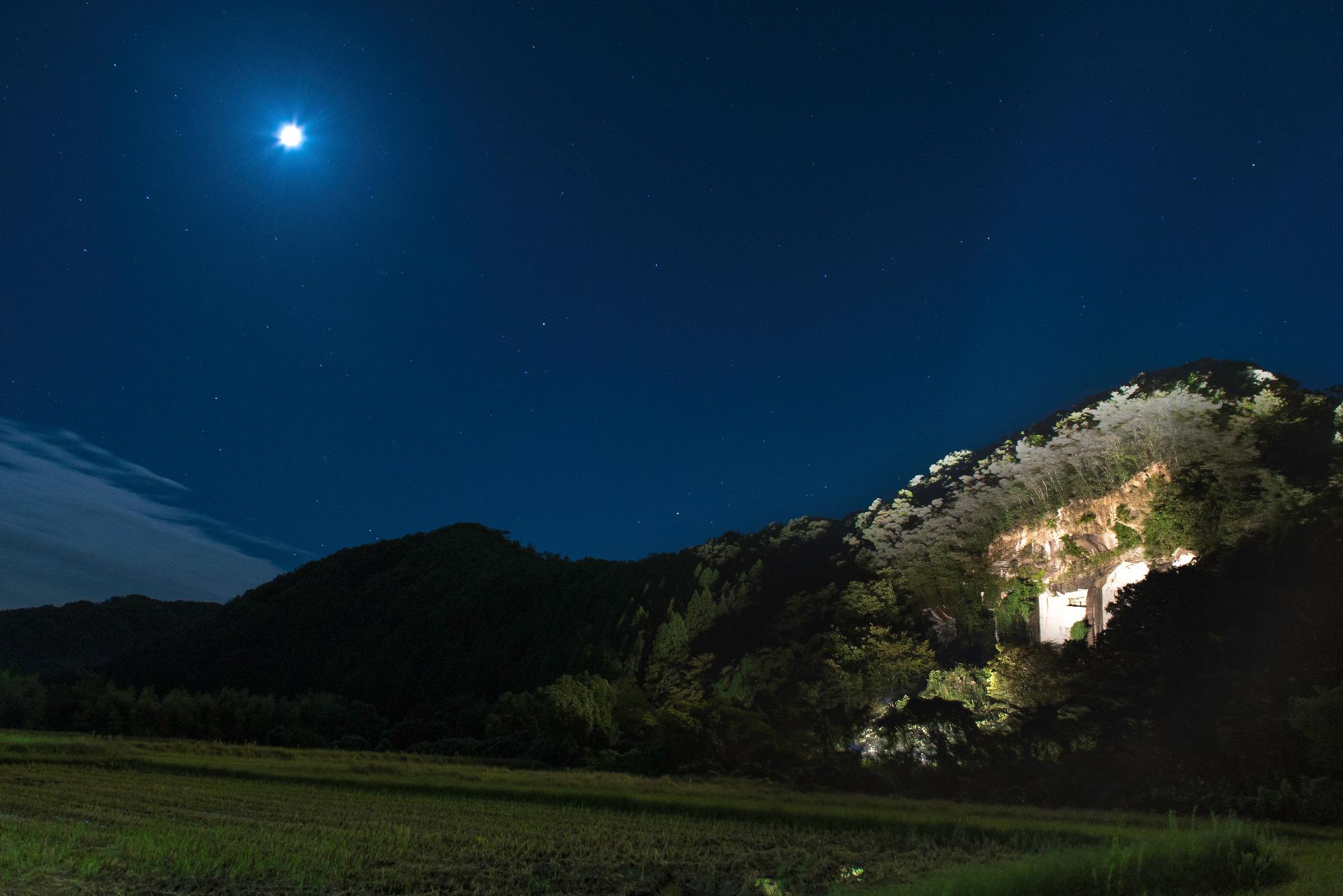
Takigahara
Across the paddy fields, looms a mystical cavern cloaked in greenery, like that of an adventure movie. A vestige of Komatsu’s heyday as one of the nation’s top stone producers, when quarries dotted the land.
While the aforementioned hand-carved quarry is no longer in operation and remains only to be admired from afar, just a stone’s throw away is actually the city’s last remaining active quarry! Determined to convey this precious piece of Komatsu’s stone heritage, Takigahara Quarry’s 5th generation owner has in fact opened his working site to the public.
Local-guided tours take you deep into the caverns to the actual site of operation, where you may get a live demonstration of quarrying techniques developed over generations, and even try your hand at chipping stone. Do also look out for the work of artist Julie Brook hidden inside, a hand-built wall conveying a sensory experience of the quarry’s darkness and echo.
60-Min Guided Tour Sign-up Page *Japanese page, but English enquiries accepted. Fill in the form as follows:
(orange-tagged fields only, leave blue-tagged fields blank)
1. Name
2. Phone No.
3. E-mail
4. Select 60-minute course (60分石切場見学コース)
5. Detail your desired date and time, and number of participants.
Cost: 500 yen/person
Related Pages:
Komatsu Share Cycle: A New Way to Explore Komatsu! -
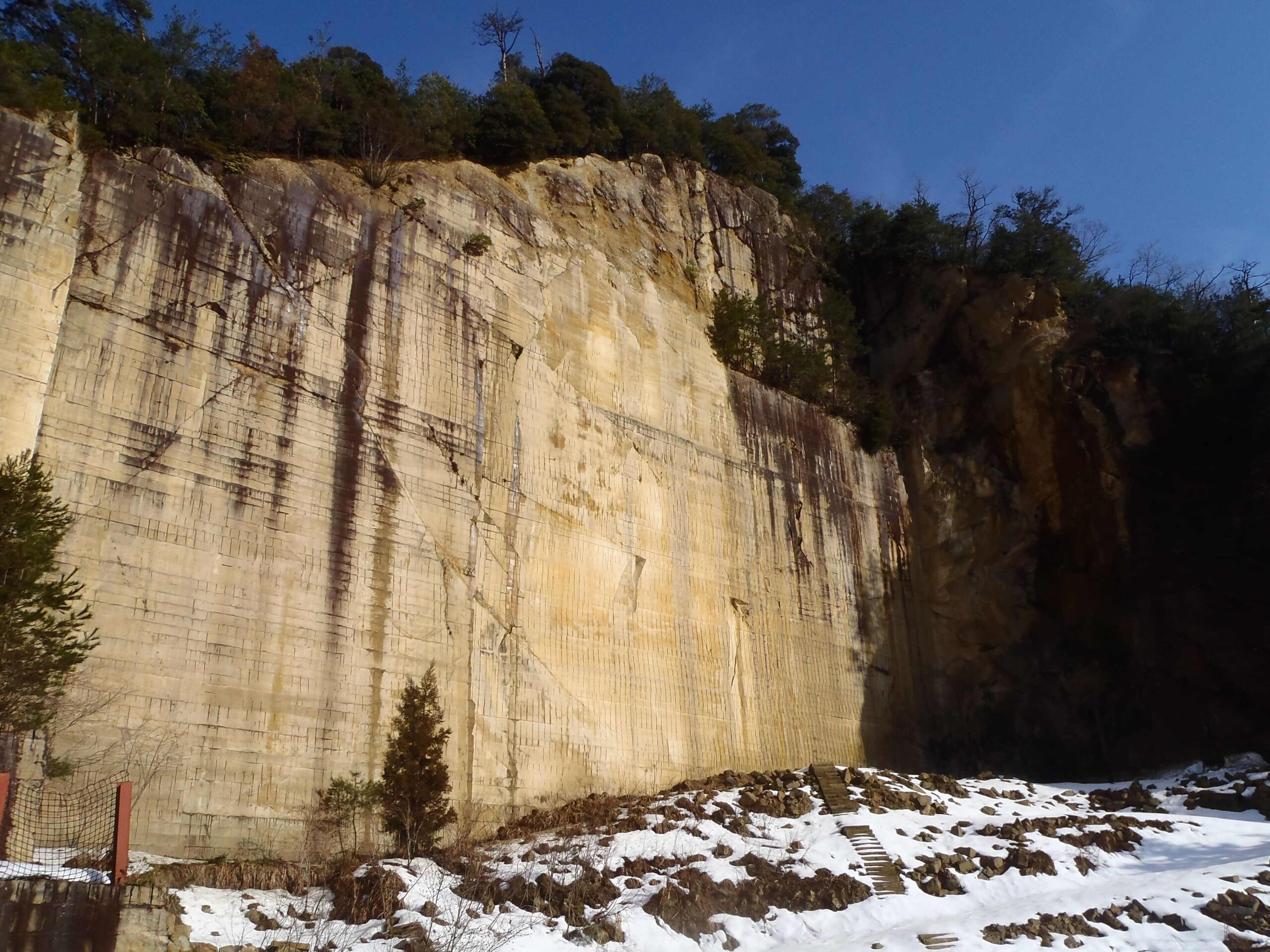
Kanagaso
You may not have heard of Kanagaso before, but its stone is actually pretty famous! It’s not hard to understand why once you’ve seen it in person: its golden glow has added a quiet elegance to many buildings around the nation, including the National Diet Building.
Of course, you can also admire this beautiful golden stone right here at its birthsite, for example at the Kinzangama Kiln or Higashi Sake Brewery (ask the owner about how a big fire inspired the use of Kanagaso stone). And while the Kanagaso quarry itself is no longer in operation, you can still step in not just to admire the breathtaking quarry wall, but also encounter the work of Scottish artist Julie Brook, a flight of stairs rearranged by hand from the quarry rubble.
Speaking of stairs, you can also ascend the 555 steps of nearby Kannonyama, to find a sacred cave where the Goddness of Mercy is enshrined, as well as enjoy refreshing views of the Sea of Japan. Afterwards, catch a breather at the eaufeu hotel or Noguchi Naohiko Sake Institute, both of which also proudly utilize the local stone.
Related Pages:
Discover Buried Riches, and Enjoy World-Class Cuisine, Sake, and Art in Kanagaso (JNTO) -
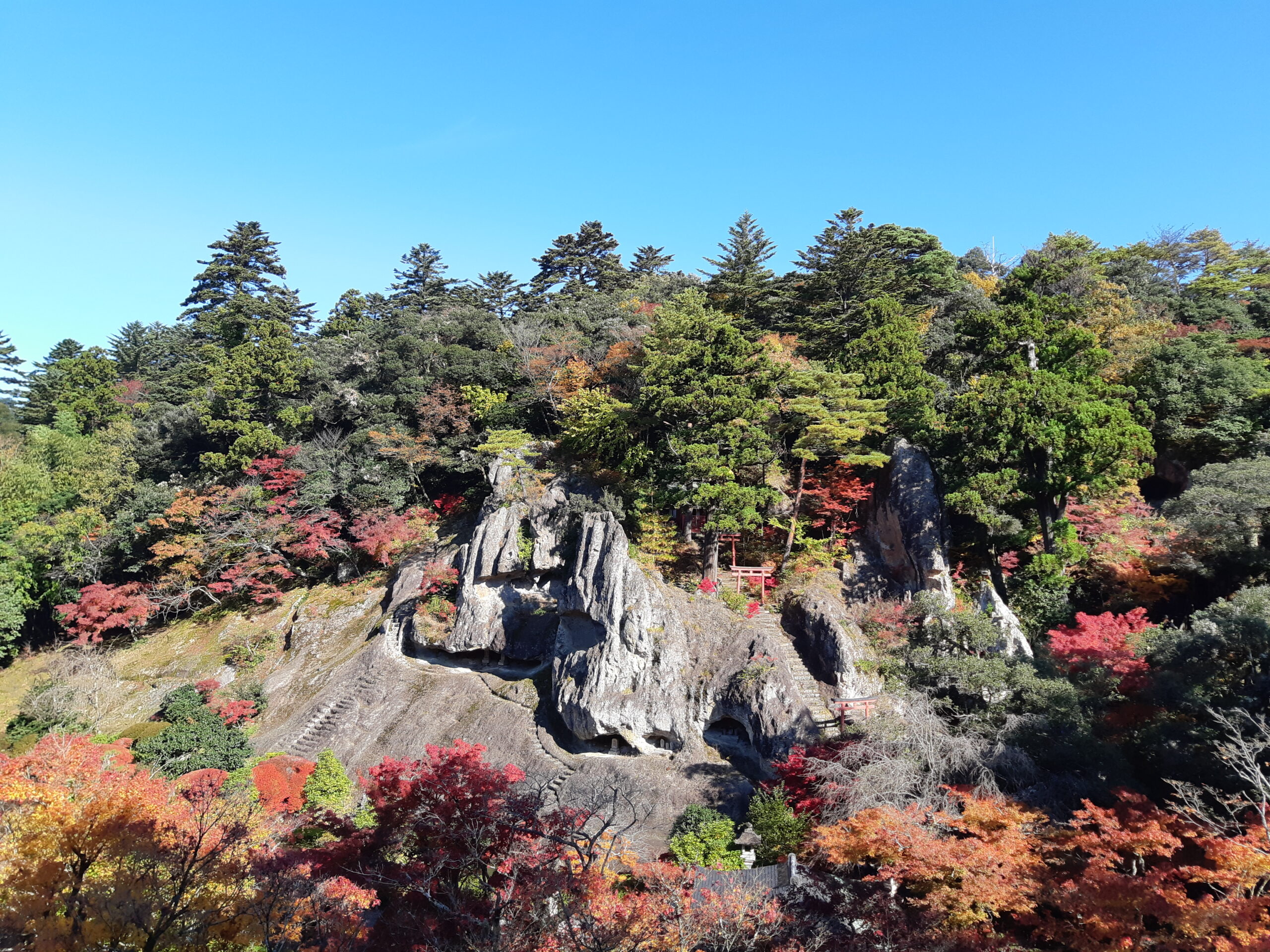
Natadera Temple
An ancient temple established in the mountains 1300 years ago, as a center of nature and Mt. Hakusan worship. Built into the rocky landscape of the area, carved over centuries of wind and rain, the temple grounds itself conveys the temple’s reverence for nature. Symbolic of that is the “ritual rebirth” that can be experienced at the main hall, housed within a natural cave. Caves are thought to be highly sacred places likened to a mother’s womb in Japanese spiritual belief, hence walking through one symbolizes a cycle of rebirth.
Map
Related Pages:
Best of Autumn in Komatsu: A Preview Little Local Finds: Winter Wonderlands Komatsu Share Cycle: A New Way to Explore Komatsu!
-
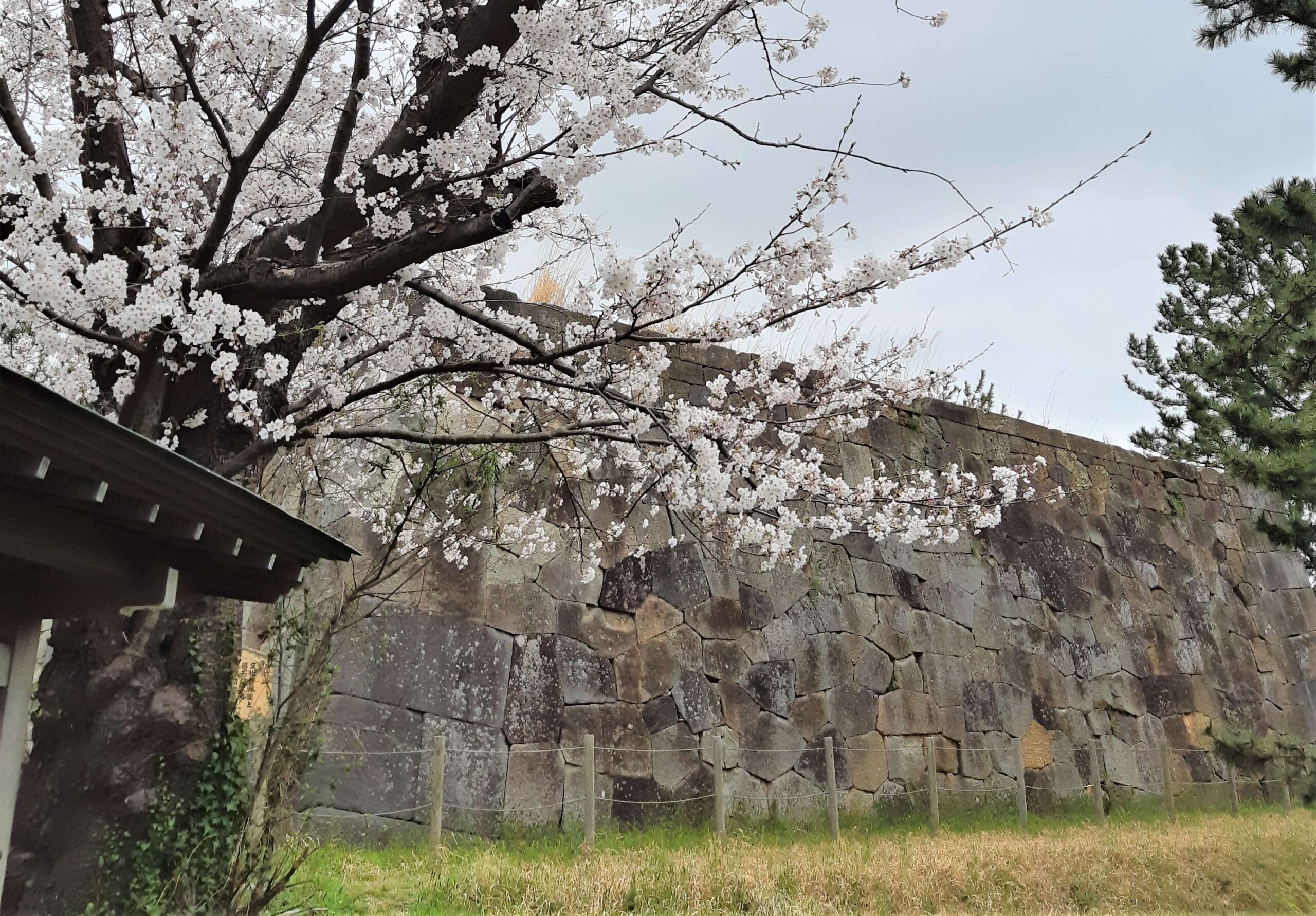
Komatsu Castle Stone Wall
Komatsu City was actually where the most famous Kaga Domain (former Ishikawa) lord retired to after passing on his rule. And where diverse traditions and industries, from tea culture to tatami production and Kutani Ware craft, flourished under his direction, turning Komatsu into a new cultural center of Ishikawa.
Map
Komatsu Castle served as his retirement abode, and while all that is left today are these walls, they serve as an intriguing specimen of the advanced skill possessed, even without machinery back then. Note the cute patchwork of differently-shaped and colored stones! -
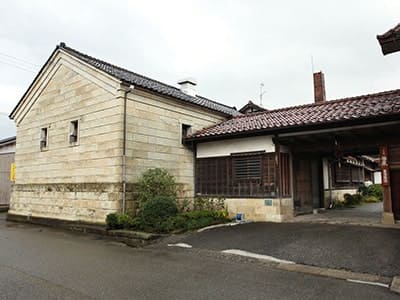
Higashi Sake Brewing Company
While a small family establishment dedicated to supporting local (limiting their sake availability to Ishikawa-only!), Higashi Brewery has earned itself a big name overseas, hauling in awards at international competitions every year.
Map
But it is not just their sake that will impress, but the buildings that make up its brewery complex, registered as national cultural properties. The main halls, constructed of the aforementioned local Kanagaso stone, make an especially stately sight (ask the owner about how a big fire inspired the use of this stone). Events such as concerts are sometimes held within the atmospheric stone warehouse!
Brewery tours can be booked from April to November for a modest fee of 500 yen, including a voucher of the same amount that can be used to purchase sake.
Related Pages:
Higashi Sake Brewing Company (JTA Article) -
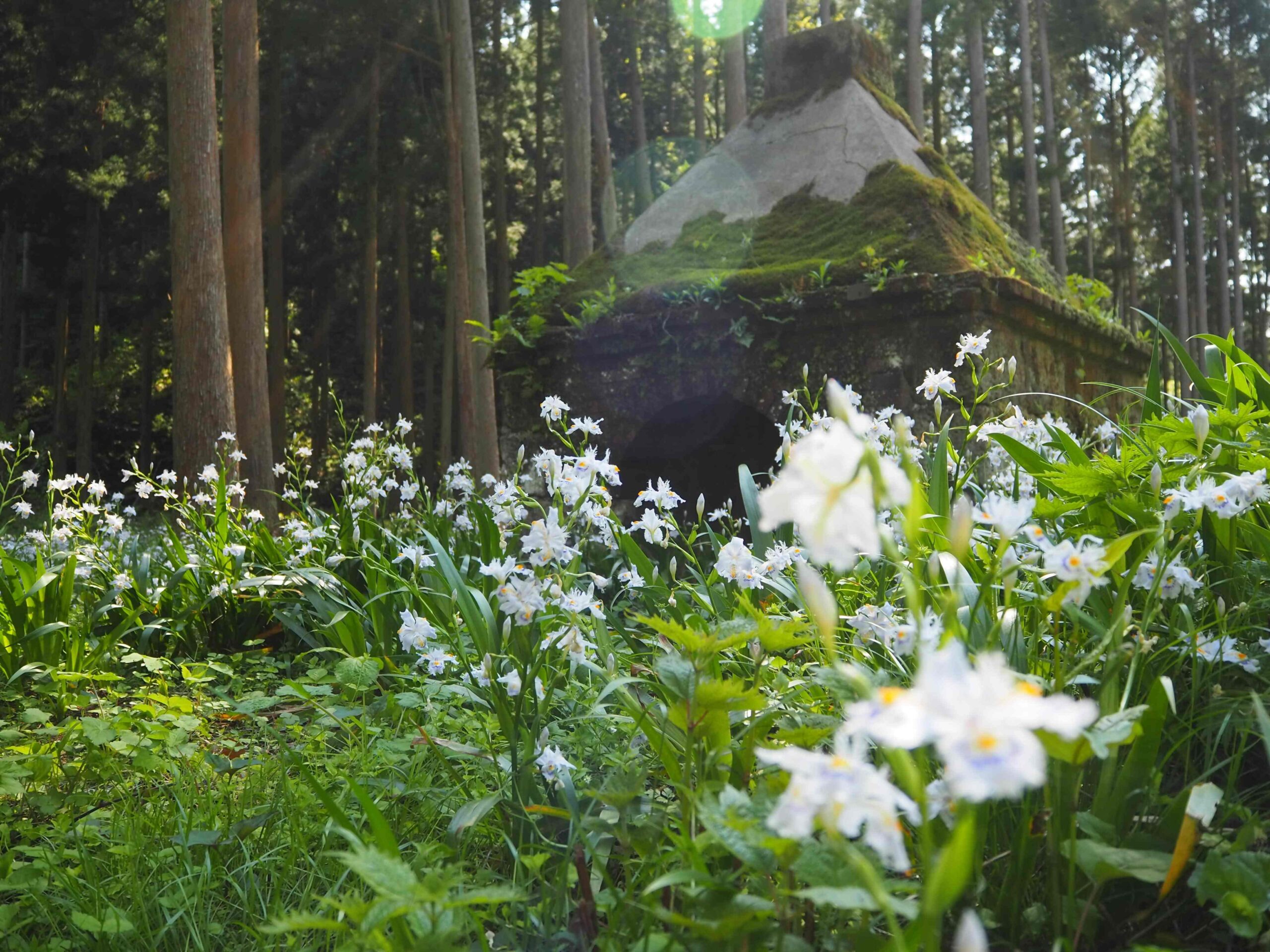
Yusenji Copper Mine Remains
Once a flourishing mine town, it now serves as a memorial park rich in both nature and history… and the origins of now world-famous machine-maker, Komatsu Ltd. Specifically, the founder of Komatsu Ltd., Takeuchi Meitaro, was the owner of this mine before venturing into making his own mining machines. At the entrance lies a statue of this innovative pioneer, appropriately adorned with sakura trees in spring. And right beside is the Satoyama Mirai Museum, where the history of the mining town is retold through pictures.
Map
Venture deeper to find a tranquil cedar wood which is covered in a pale lilac carpet of irises in May. If you’re up for the full historical and nature immersion, you can do the entire hike up the mining hill which takes you past remaining structures such as a giant chimney that looks like something out of an adventure film!
Related Pages:
Memoirs of May: Festivals, Flowers & Food Mountain Road to Recovery (Part 1) -
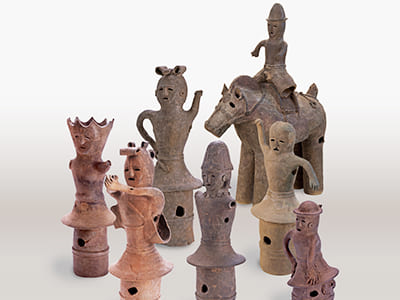
Archaeological Research Center
If you want an immersive learning experience of Komatsu’s stone heritage, this is the place! Apart from a gallery of stone artifacts, including the intriguing haniwa burial figurines, hands-on workshops such as magatama-bead making are regularly conducted…for free!
Map
Related Pages:
Mountain Road to Recovery (Part 2) -
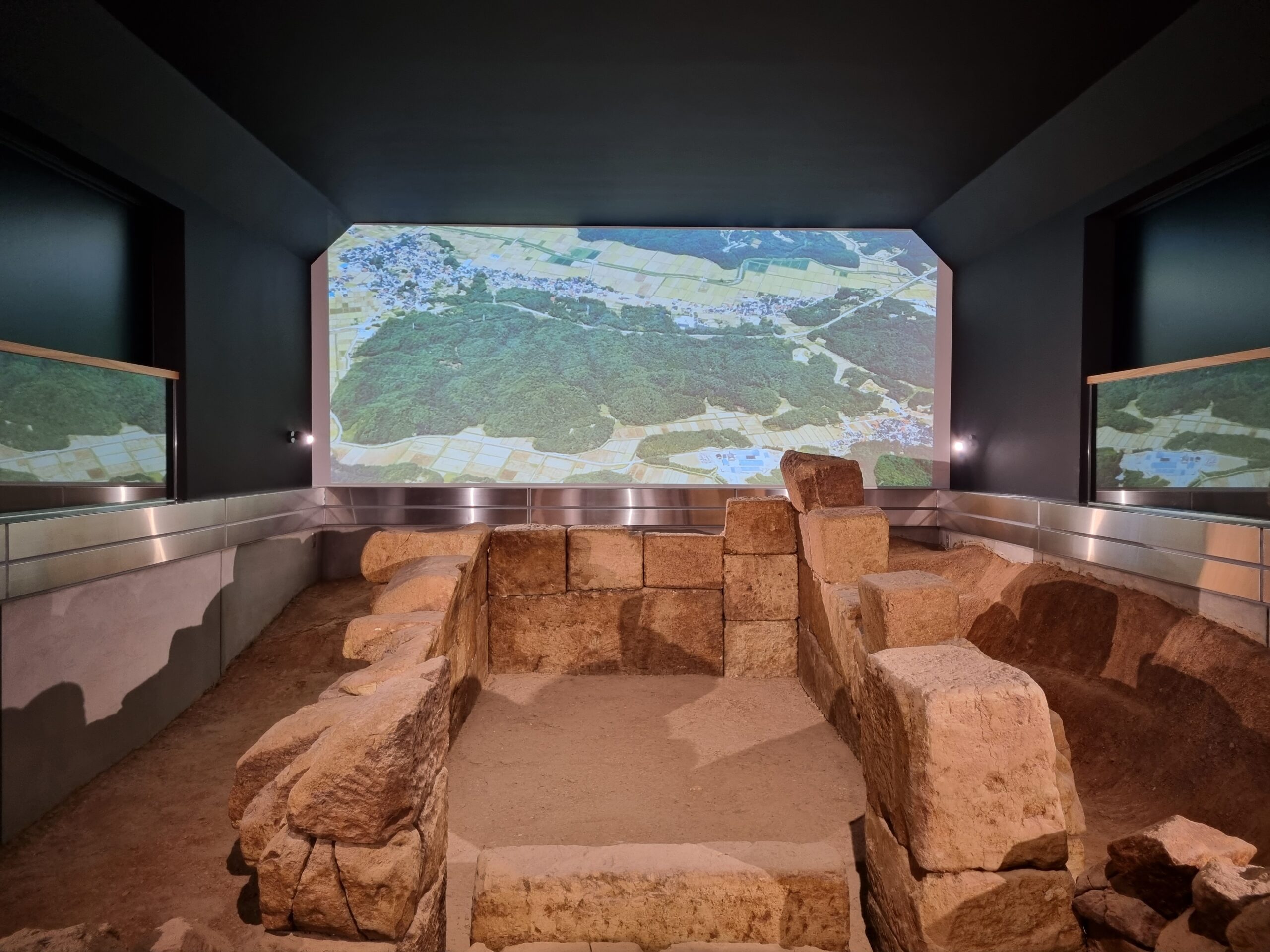
Kaga Kokufu Museum
Since clusters of burial tombs from the ancient eras were discovered in Komatsu, extensive excavation works and research has been poured into uncovering their secrets and stories. This museum presents those stories through not just artifacts, but two actual reconstructed tombs: one serving as the centerpiece of the museum, and another outdoors upon the adjacent hill, where clear views of Mt. Hakusan can also be enjoyed. Seasonal hands-on workshops are also offered!
Map -
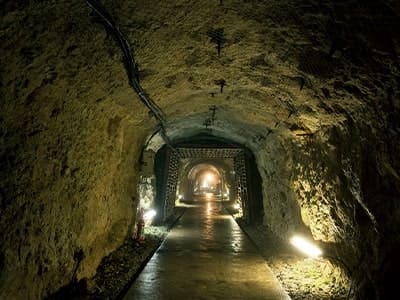
Ogoya Mine Museum & Ogoya Mine Road
One of Komatsu’s most prominent mines with a history extending back to the 17th century. While humble in its beginnings and struggling through repeated handovers, it overcame all odds to rise in prominence as one of the nation’s top 10 copper producers by 1920. The Yokoyama family that ran the mine even gained the nickname of “Copper Kings of Hokuriku”.
Map
While the eventual decline of the mining industry led to its inevitable closure in 1971, you can still relive their heydays through an entire 553m stretch of the preserved mine tunnel. Life-sized models recreate the ambience and scenes of the busy operations, and if you’re lucky you might even get to ride the mine trolley through the tunnel on certain event days in the year! -
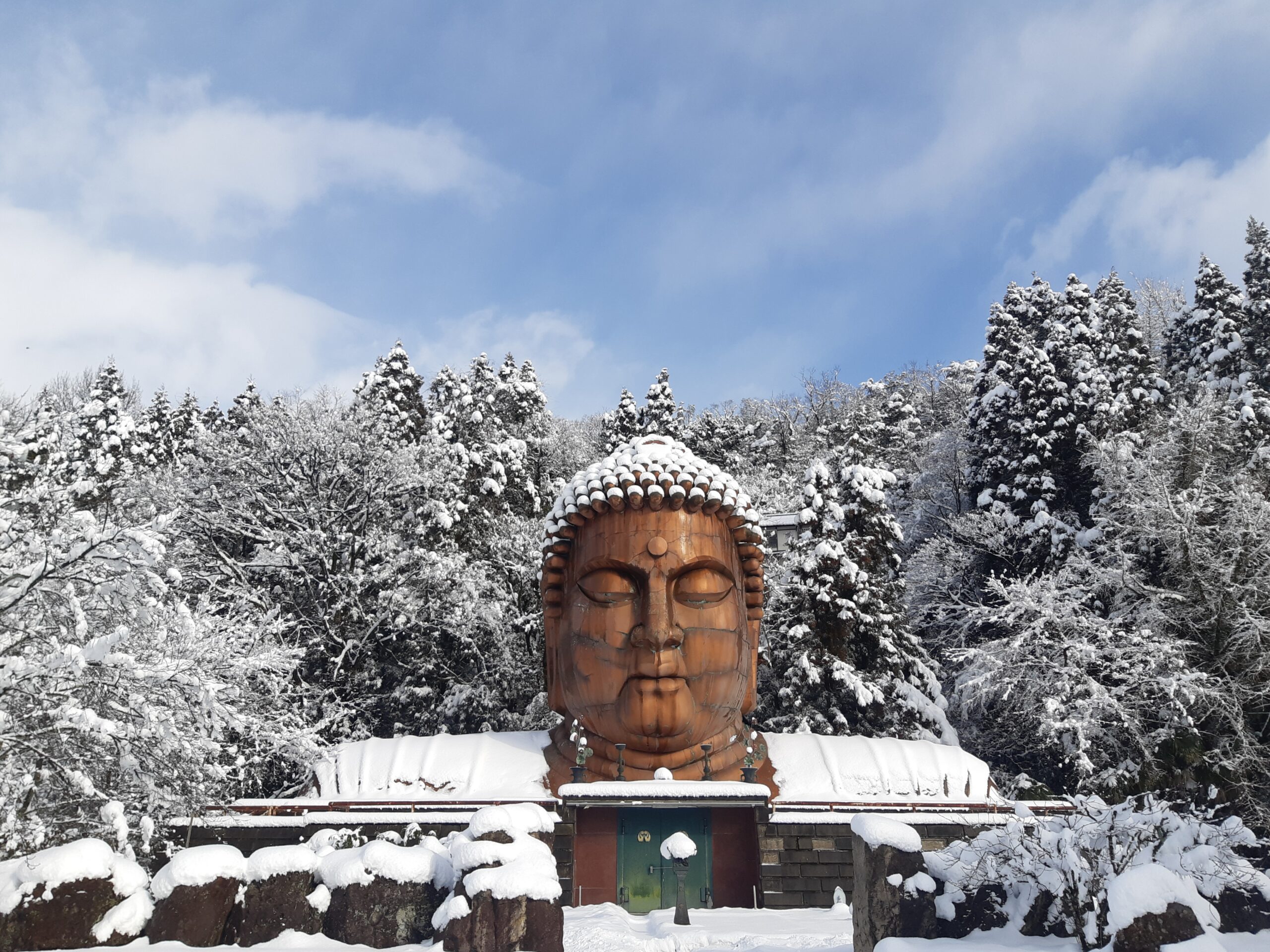
Hanibe Caves
Drive along the Komatsu countryside, and this giant Buddha head might just emerge from among the trees to surprise you. The work of a local master sculptor, it actually marks the location of a unique quarry-turned-atelier, housing the works of the aforementioned sculptor.
The Buddha head itself was constructed in the post-war period as an expression of the artist’s desire for peace (nope, not a commissioned operation but a personal project!). While financial difficulties prevented completion of the body, the result today is a one-of-a-kind sight allowing visitors to stare up and its face from right below.
In the actual caves a short climb behind the Buddha, works of the first-generation sculptor and his descendents range from religious figures with diverse international influences, to even a tour of “hell” depicted by demons.
Hours: 9 AM – 5 PM (-4PM Oct-Mar)
Closed: Open year-round
Admission: 800 yen
Access: 20 min bus from Komatsu Sta./ 40 min cycle from Komatsu Sta. Map
Related Pages:
Little Local Finds: Winter Wonderlands Komatsu Share Cycle: A New Way to Explore Komatsu!






